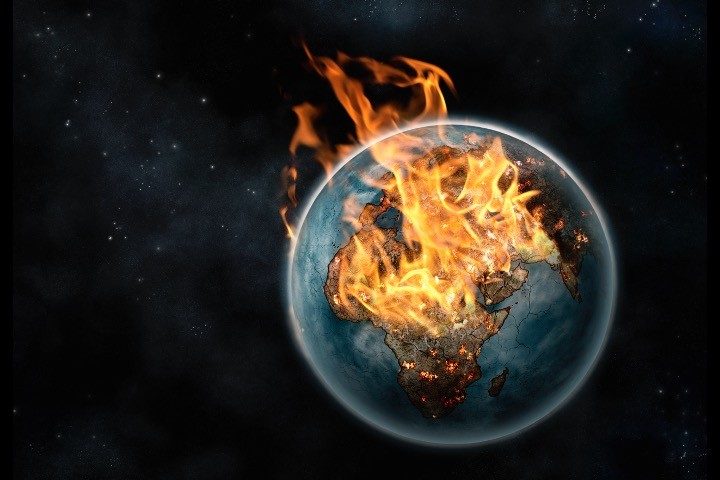
A new report compiled by the European Union’s Copernicus Climate Change Service (C3S) is leading to the use of fainting couches all over the media. The report claims that 2022 was the fifth-hottest year on record and that the eight warmest years on record have occurred since 2014. According to the report, 2016 remains the hottest year ever recorded.
Or, as The New York Times breathlessly reported: “The world remained firmly in warming’s grip last year, with extreme summer temperatures in Europe, China and elsewhere contributing to 2022 being the fifth-hottest year on record, European climate researchers said this week.”
The report itself explains it thusly: “During 2022, the world experienced its fifth-warmest year on record, according to the C3S ERA5 dataset, but only by a very small margin. Other widely used temperature datasets are likely to rank 2022 slightly differently. So far, the hottest years on record globally are 2016, 2020, 2019 and 2017.”
“But ranks only tell you part of the story,” said NOAA scientist Russell Vose. “They really do stand apart.”
The C3S report explains:
According to ERA5, the annual average temperature was 0.3°C above the reference period of 1991-2020, which equates to approximately 1.2°C higher than the period 1850-1900, typically used as a proxy for the pre-industrial era. This makes 2022 the eighth year in a row of temperatures more than 1°C above the pre-industrial level.
Forget the fact that temperatures from 1850-1900 were not measured in the same way that they are now, and that global data is largely nonexistent for most of the world during that time period. It’s much warmer now, so stop asking questions!
“Preliminary analysis of satellite data averaged over the whole atmospheric column shows that carbon dioxide concentrations rose by approximately 2.1 ppm, while methane rose by around 12 ppb. This resulted in an annual average for 2022 of approximately 417 ppm for carbon dioxide and 1,894 ppb for methane,” the report states.
That sounds ominous, but what the report is saying is that carbon dioxide (0.0417 percent of the atmosphere) and methane (0.0000012 percent of the atmosphere) produced by the burning of fossil fuels are having a deleterious effect on the atmosphere and leading to an out-of-control greenhouse effect, which will doom the planet in the coming years.
“For both gases these are the highest concentrations from the satellite record. By including other records, they are the highest levels for over 2 million years for carbon dioxide and over 800,000 years for methane,” the report tells us.
The satellite record has only existed for five decades, yet the report assures us that these minuscule trace gases, at least by percentage of the atmosphere, exist in higher concentrations than they have in “2 million years”?
Kip Hansen at Watts Up With That?, a climate-realism website, points out that the same data points used by the Copernicus report can be used to tell a completely different story, depending upon how you look at it.
He points out that the authors of the New York Times story “simply do not mention the positive story that the last eight years have a trend of minus 0.87°C/century.”
So, a trend of “cooling” could indeed be inferred by looking at the same data.
“The good news story that could have been written based on the same facts — the same data — is that NOAA’s calculated Global Land and Ocean January-December Temperature Anomalies have been sharply down-trending since 2015,” Hansen points out.
Outlets such as the Copernicus Climate Change Service are banking that people will believe their climate propaganda is real simply because they say so. They are aided in that purpose by media outlets such Yahoo News, The New York Times, and CNN, who report that propaganda as if it’s fact.
But as Kip Hansen points out (and all of science throughout history demonstrates), the same data can lead to different conclusions. It all depends upon who is reporting on that data — and what their agenda is.



